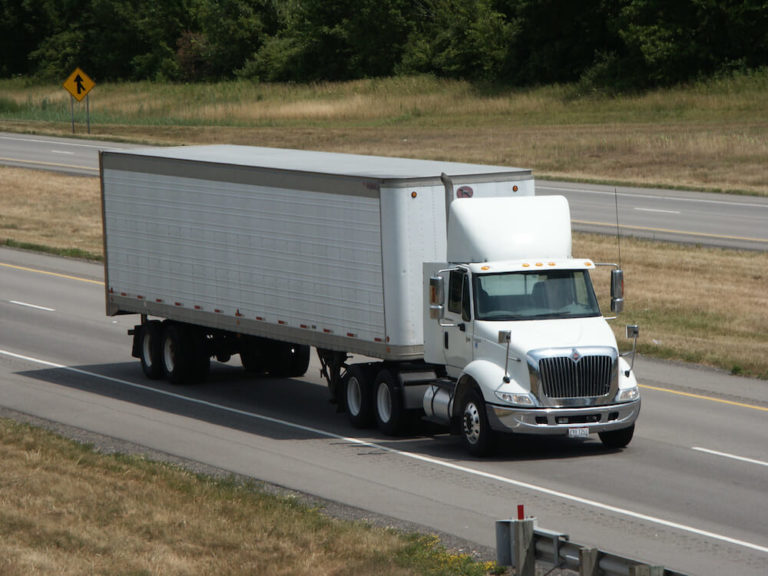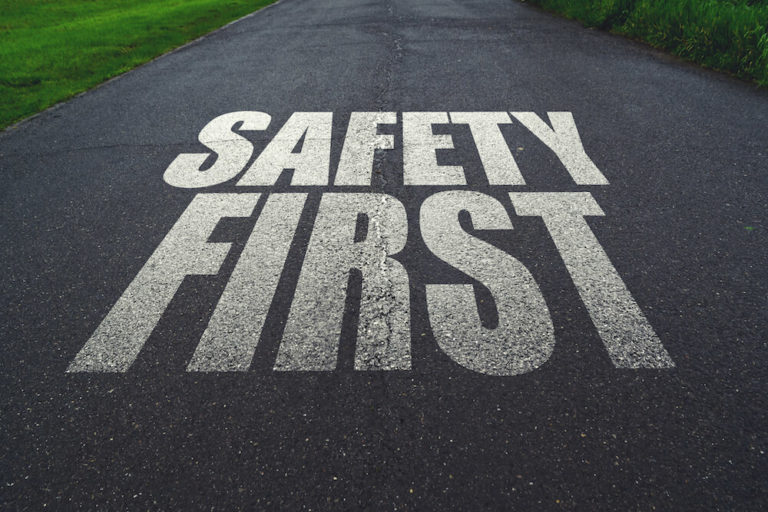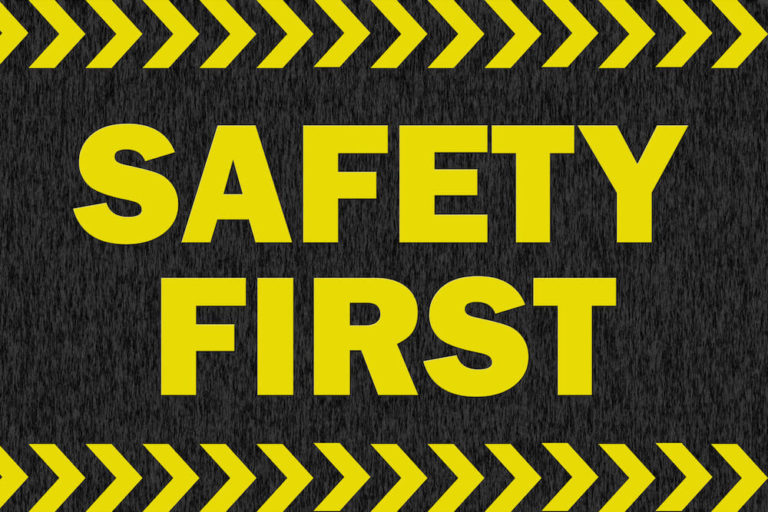When drivers undergo a roadside inspection, the goal is to get through it without the inspector finding any problems. That means they’re doing their job well and don’t require any follow-up from the Federal Motor Carrier Safety Administration (FMCSA).
Safety
We don’t have to tell you that trucking businesses face a lot of risks. The roads aren’t always the safest place, and that’s why it’s so important to take steps to emphasize and improve safety at your truck business. While this is beneficial because it will lessen the chance of your drivers and employees getting hurt, safety can also help you avoid truck insurance claims. In turn, that can help your truck insurance rates.
The following articles give suggestions and tips for improving different areas of safety at your business. Take some time to check out the various topics that we explore in the articles. We’ll explain the dangers of distracted driving, the importance of pre-trip vehicle inspections and preventive maintenance, why you should always wear a seatbelt, and more. Safety is an ongoing process, so it’s important to always be looking for ways to make your business a little safer. The following articles might help you think of ways to do that.
What to know about driver vehicle inspection reports
The Federal Motor Carrier Safety Administration (FMCSA) bears responsibility for ensuring that commercial trucks and buses remain safe on America’s roadways. There are a lot of regulations and requirements about inspecting vehicles, and some of those regulations have to do with vehicle inspection reports.
How often does the SMS update?
The Safety Measurement System (SMS), a program operated by the Federal Motor Carrier Safety Administration (FMCSA), gathers information about commercial drivers to prioritize those who require a safety intervention. Drivers chosen for intervention will first receive a letter explaining the reasons along with any specific actions the agency plans to take.
Clearinghouse registration has now opened
On January 6, 2020, the Federal Motor Carrier Safety Administration (FMCSA) will release an online database called the Clearinghouse that provides real-time information about driver drug and alcohol violations. Those who can access the data include the FMCSA, employers, state driver license agencies (SDLA), and state law enforcement personnel.
Are seatbelts required in commercial motor vehicles?
As a commercial driver, you do your best to keep yourself and others safe every day. One thing you may wonder about as you consider safety in your commercial vehicle is whether the United States Department of Transportation (DOT) requires these vehicles to have working seatbelts.
Can certain medications disqualify a CMV driver?
The Federal Motor Carrier Safety Administration (FMCSA) bears the responsibility of protecting Americans by making the roads safer. As part of its commitment to the public, the FMCSA requires drivers to undergo and pass medical certification once every two years.
What is the trucking PRISM system?
The Federal Motor Carrier Safety Administration (FMCSA) implemented the Performance and Registration Information System Management (PRISM) to reduce the number of crashes, fatalities, and injuries caused by or involving commercial drivers. The primary goal of it is to empower state law enforcement agencies to identify motor carriers with significant safety violations on their driving record.
Brake Safety Inspection Week Blitz is September 15 to 21
Every year since 1998, the Commercial Vehicle Safety Alliance (CVSA) has sponsored Brake Safety Inspection week in September. This year’s event, which takes place between Sunday, September 15 and Saturday, September 21, will feature random roadside inspections on commercial vehicles located throughout North America.









